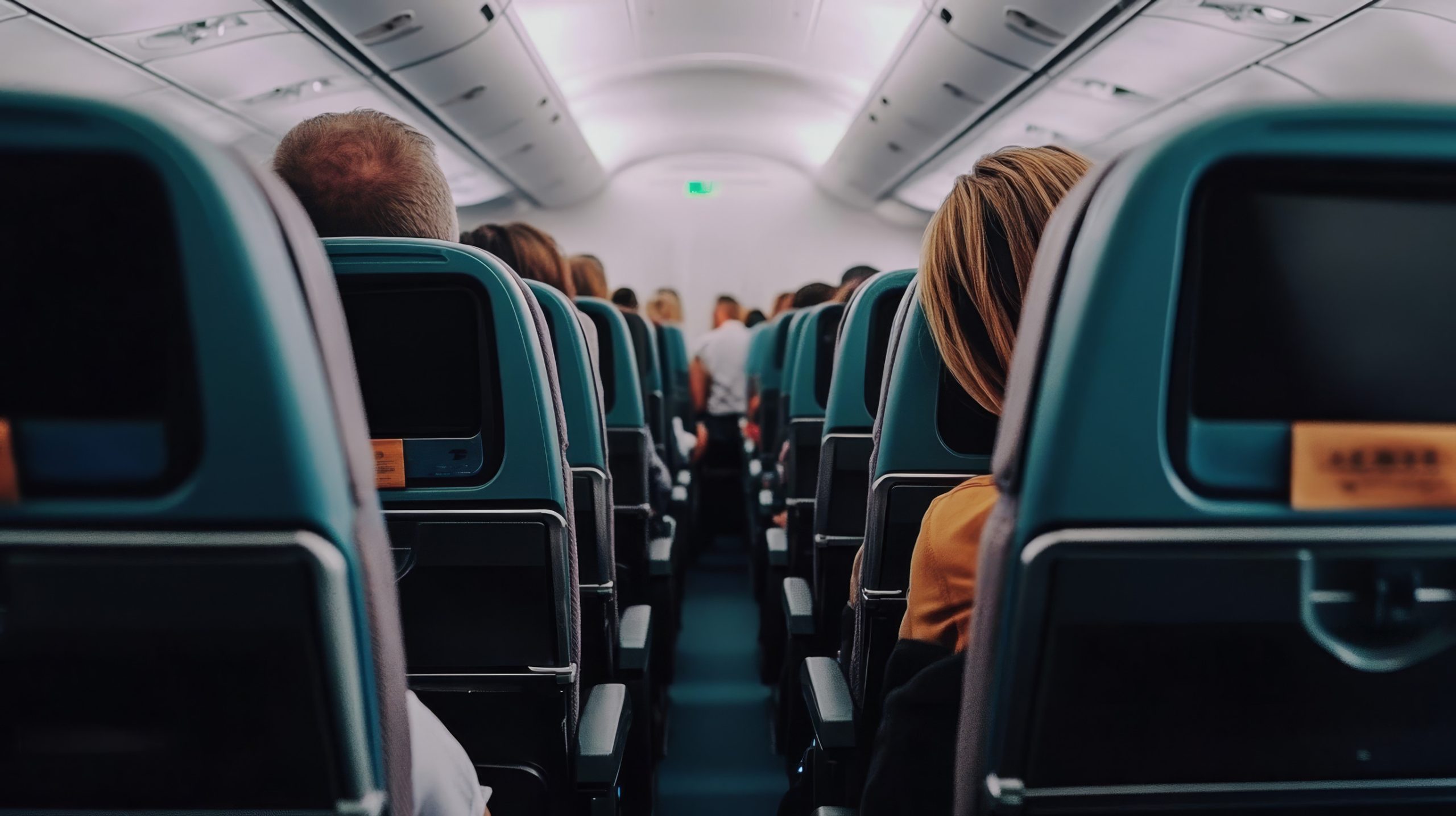
Image Source: 123rf.com
Flying is one of the safest ways to travel, but emergencies—though rare—do happen. From unexpected turbulence to cabin depressurization or emergency landings, knowing what to do in the moment can drastically increase your chances of survival. As air travel rebounds post-pandemic and headlines about in-flight incidents grab attention, staying prepared is more relevant than ever. Here are 7 crucial things to remember if you ever face an emergency while flying.
1. Listen to the Safety Briefing—Even If You Fly Often
Frequent flyers tend to tune out during the safety demonstration, but that’s a big mistake. Each aircraft is slightly different, and emergency procedures can vary by airline and seat layout. Knowing where your nearest exit is—especially the second-closest one—is vital if visibility is poor during an evacuation.
Flight attendants are trained for a wide range of scenarios. By paying attention, you’re not just showing respect—you’re gathering life-saving information. The minute or two you spend focusing on safety could make all the difference.
2. Keep Your Shoes On During Takeoff and Landing
It might be tempting to kick off your shoes for comfort, but during an emergency evacuation, bare feet can slow you down or cause injury. Debris, broken glass, or hot metal may be on the floor after a crash or hard landing.
Experts recommend wearing closed-toe shoes and avoiding high heels or sandals when flying. Comfortable, durable footwear could help you move quickly and safely to an exit. Consider this one of the simplest but most overlooked safety tips.
3. Know the “Brace Position” and When to Use It
The brace position is a critical part of survival in the event of a crash landing. Depending on your seat, this may involve leaning forward with your head against the seat in front of you, or placing your hands on the back of your head while keeping your feet flat on the floor.
This position reduces head and limb movement during impact, lowering the risk of injury. While it’s rarely needed, knowing how to do it correctly—and practicing it mentally—can save you precious seconds in a high-stress moment. It’s one of those things you want to have ready, just in case.
4. Count the Rows to the Nearest Exit
In a smoke-filled cabin, visibility can drop to near zero. That’s why safety experts recommend counting the number of rows between your seat and the nearest exits—forward and backward—before takeoff.
During an emergency, you may need to feel your way out. By counting rows ahead of time, you’ll have a mental map that could help you escape faster. In panic situations, muscle memory and preparation often make the difference between safe evacuation and delay.
5. Don’t Grab Your Belongings
In every real-life evacuation scenario, one recurring issue is passengers delaying exit to retrieve their luggage. It’s human nature to cling to valuables, but that decision can cost lives—including your own.
Federal Aviation Administration (FAA) drills aim to evacuate an entire plane in 90 seconds. Stopping to reach for overhead bags disrupts the flow and endangers everyone. Your passport, laptop, or carry-on can be replaced—your life cannot.
6. Oxygen Masks Only Give You 12–20 Seconds to Act
If cabin pressure drops, you’ll only have a matter of seconds before hypoxia (oxygen deprivation) kicks in. That’s why the rule is: Put on your own mask first before helping others. Without oxygen, you could pass out in less than 20 seconds at high altitude.
Don’t wait for a flight attendant or assume it’s just turbulence. Pull the mask toward you, secure it tightly, and breathe normally. Every second counts in these situations, especially if you’re traveling with children or elderly passengers who may need your help.
7. Follow Crew Instructions Without Hesitation
In an emergency, flight attendants become your lifeline. They’re trained in first aid, CPR, emergency evacuation, fire control, and more. When they give commands, it’s based on protocols designed to save lives—not to cause panic.
Passengers who delay, argue, or freeze can create dangerous bottlenecks. Trust the crew and act quickly. If an evacuation is ordered, move—don’t record it, don’t hesitate, and don’t look back. Your best chance at survival lies in speed, cooperation, and listening.
Be Prepared, Not Paranoid
You don’t have to fear flying to be ready for an emergency. By remembering these seven steps, you’ll feel more confident and in control—regardless of what happens mid-air. The goal isn’t to expect disaster but to stay calm, alert, and ready if it strikes.
Read More
Top Travel Scams to Watch Out for in 2025 (And How to Protect Your Wallet)
Flying Solo? These 6 Destinations Are Perfect (And Safe) for Solo Travelers in 2025
Leave a Reply